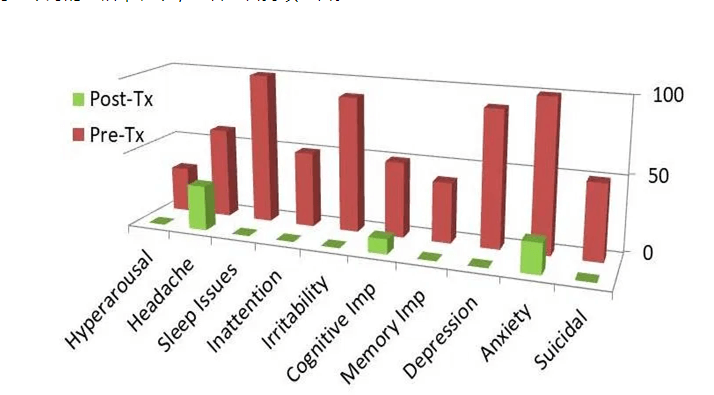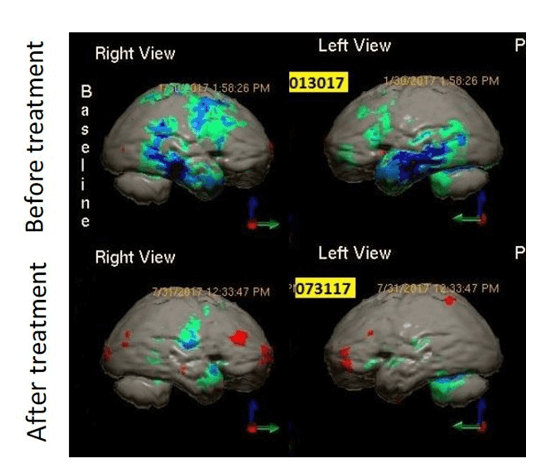
Privacy statement: Your privacy is very important to Us. Our company promises not to disclose your personal information to any external company with out your explicit permission.
photobiomodulation (PBM) describes the use of red or near-infrared light to stimulate, heal, regenerate, and protect tissues that are at risk of injury, degeneration, or death. One of the organ systems that the human body needs most for life, and one of the best functions that humans are most worried about, is the brain. The brain suffers from many different diseases, which can be divided into three categories: traumatic events (stroke, traumatic brain injury and systemic ischemia), degenerative diseases (dementia, Alzheimer's disease and Parkinson's disease) And mental disorders (depression, anxiety, post-traumatic stress disorder). There is evidence that shining light on the head can have a beneficial effect on all these seemingly different situations. It is even possible to use PBM for cognitive enhancement in normal healthy people.
Use photobiotherapy to treat TBI, PTSD and depression
The following is an initial open-label trial of 10 subjects with mild to moderate TBI. After 10 PBM treatments, all patients experienced significant improvement in their clinical symptoms, including headaches, cognitive problems, sleep disturbances, irritability, and depression. In telephone interviews every 6 months after treatment, patients report continuous improvement.

Figure 1. Red bars, the percentage of patients with symptoms before treatment; green bars, the percentage of patients with symptoms after treatment.

Figure 2. Pre-treatment and post-treatment SPECT scans of a TBI patient after falling from a truck on the highway. After photobiotherapy, the areas of reduced perfusion (function) in green, light blue, and dark blue showed improvement. Color scale based on comparison with the specification database (Segami Corp), where the gray area is within 2 standard deviations (SD) of the average cerebral blood flow in the specification database. Green, 2 to 3 SD below average; light blue, 3 to 4 SD below average; dark blue, 4 to 5 SD below average; red, 2 to 3 SD above average.
Overall, 92% of patients responded and 82% of patients responded, which was significantly better than the response rate of oral antidepressants. Patients saw benefits after 4 treatments, and some patients experienced relief of depression symptoms after 8 treatments. In follow-up telephone interviews, patients reported continuous improvement. Similarly, in our unpublished data, using 20 treatments, each lasting 24 minutes, over the course of 9 weeks, 20 patients with PTSD who received photobiotherapy experienced reduced excessive arousal, anxiety, sleep disturbances and nightmares.
LET'S GET IN TOUCH

Privacy statement: Your privacy is very important to Us. Our company promises not to disclose your personal information to any external company with out your explicit permission.

Fill in more information so that we can get in touch with you faster
Privacy statement: Your privacy is very important to Us. Our company promises not to disclose your personal information to any external company with out your explicit permission.